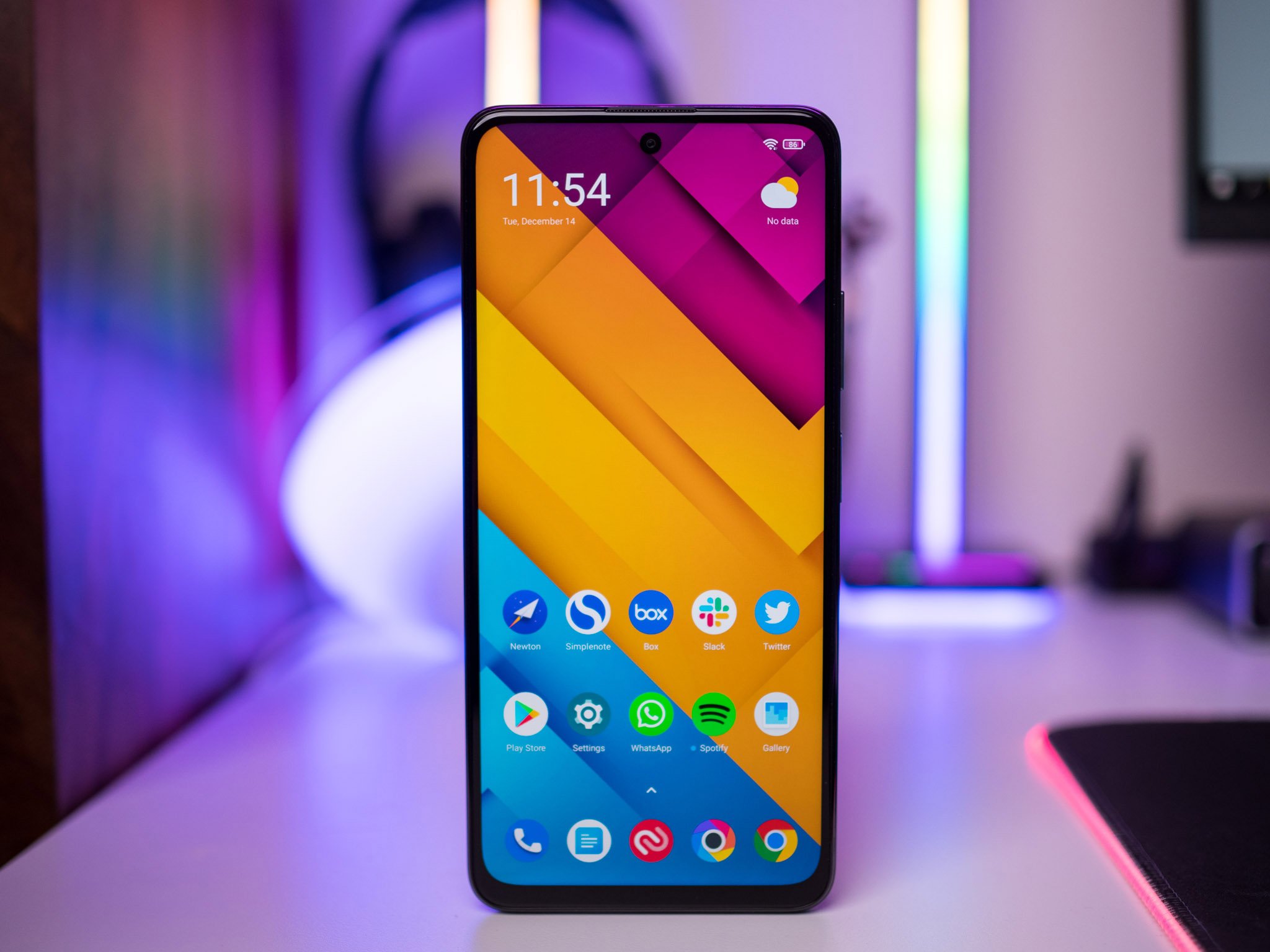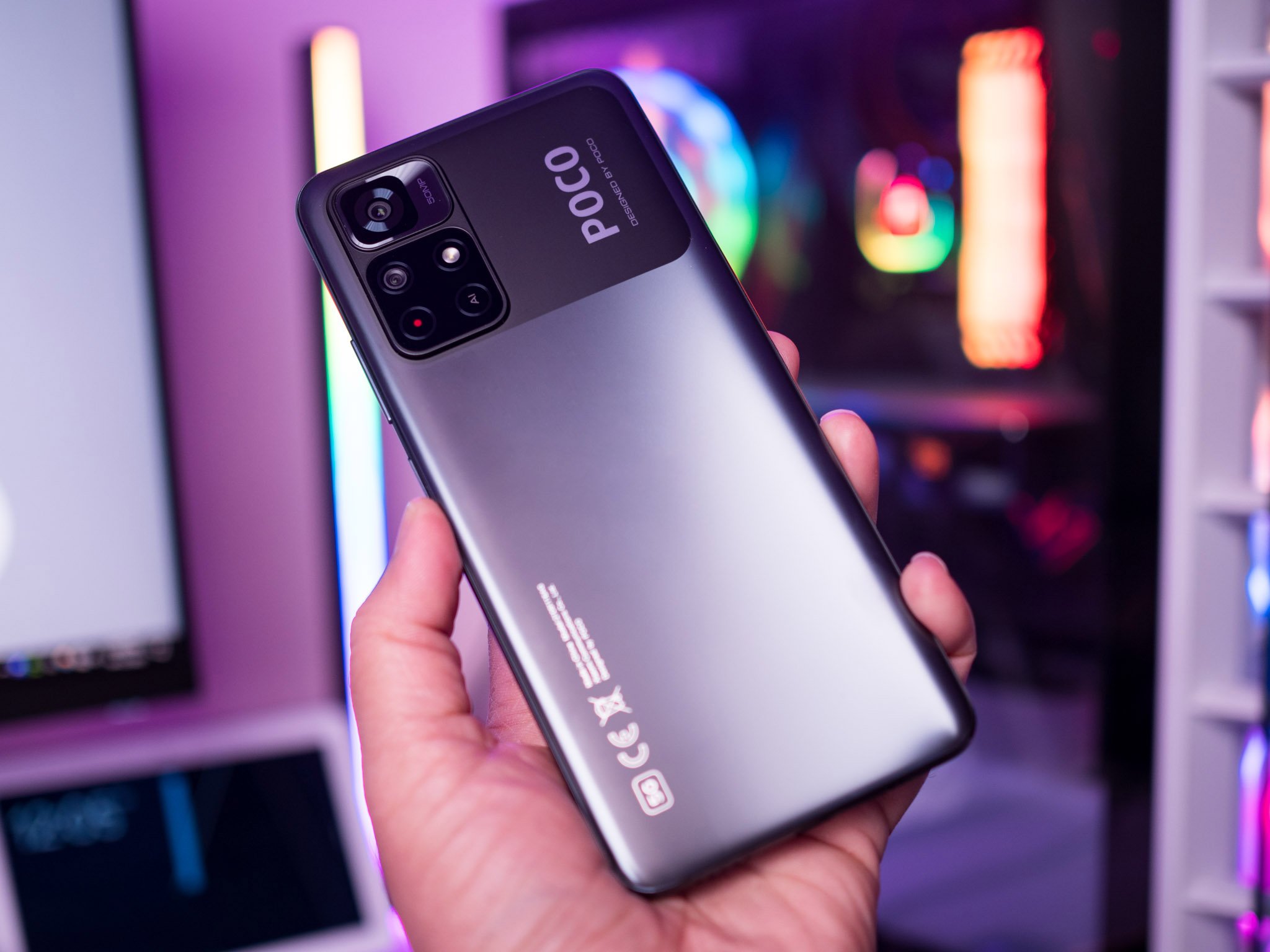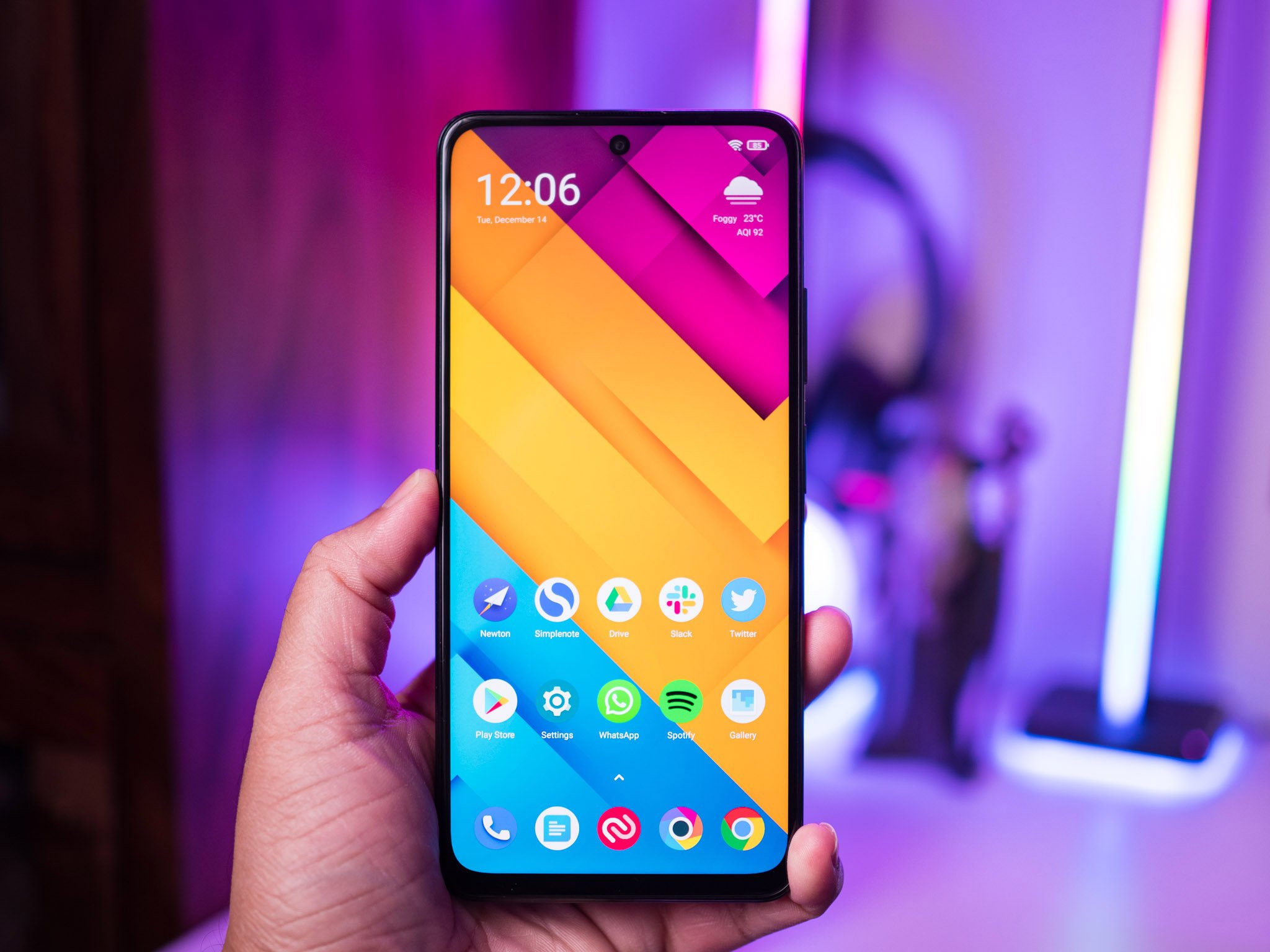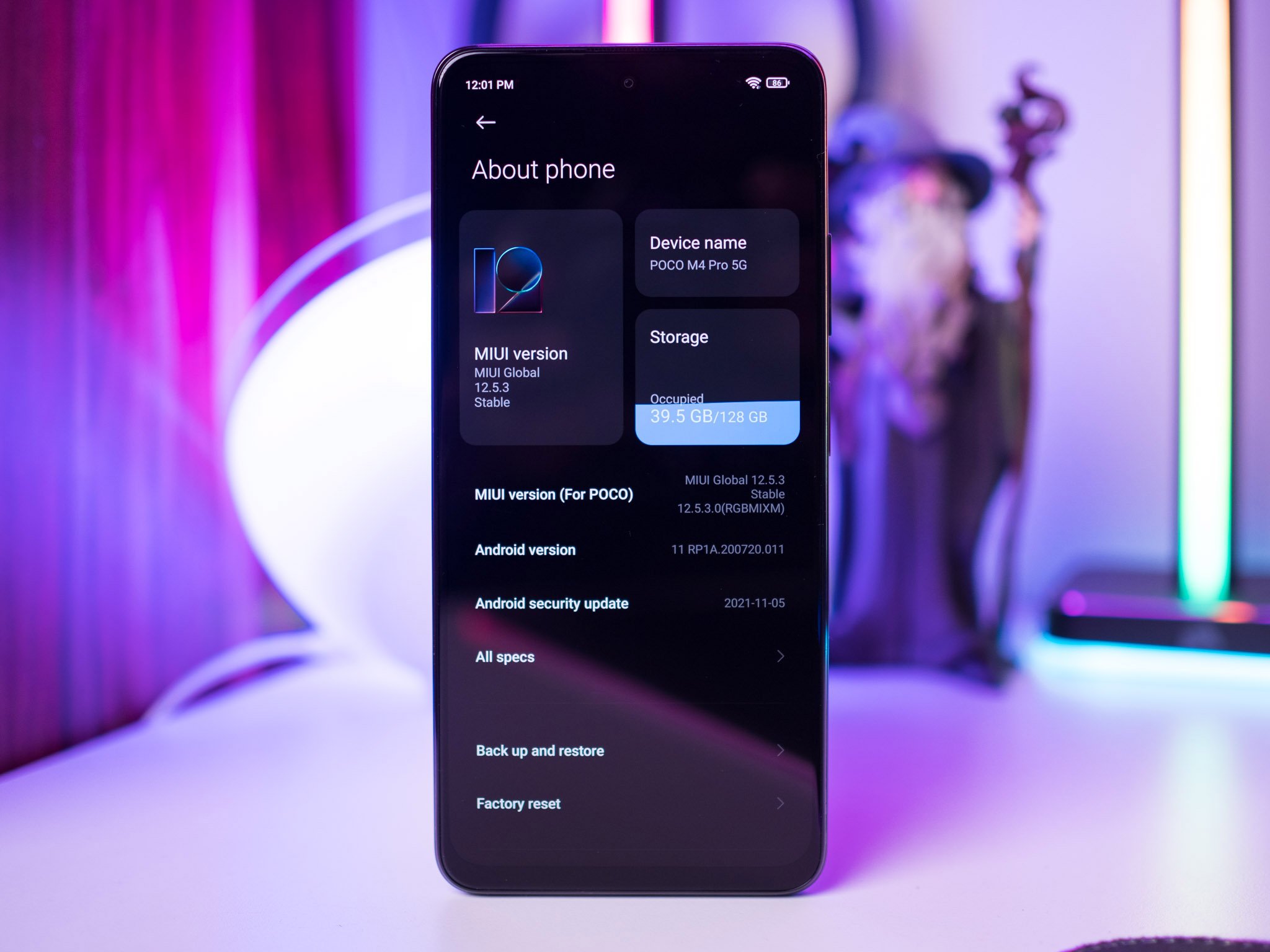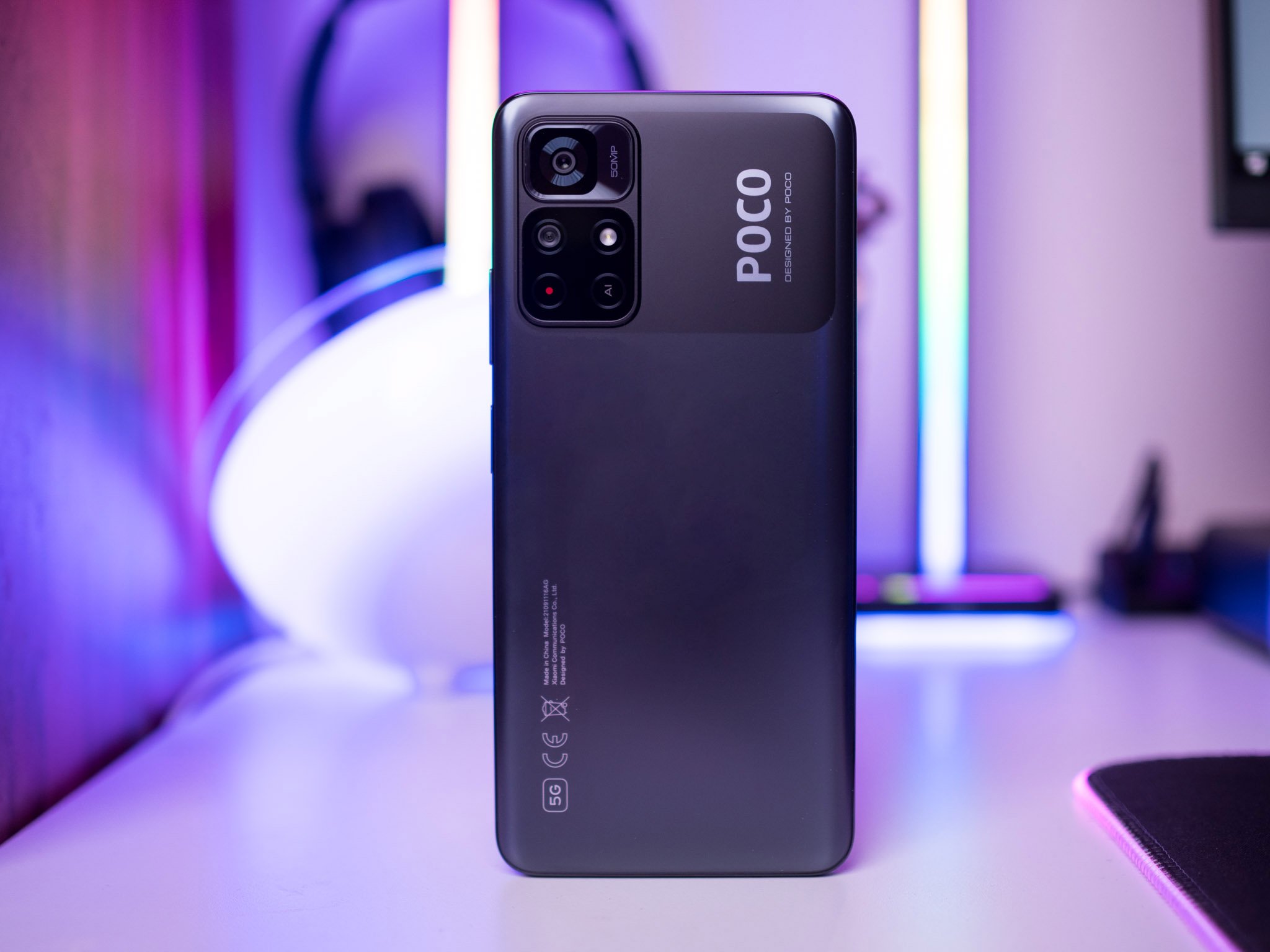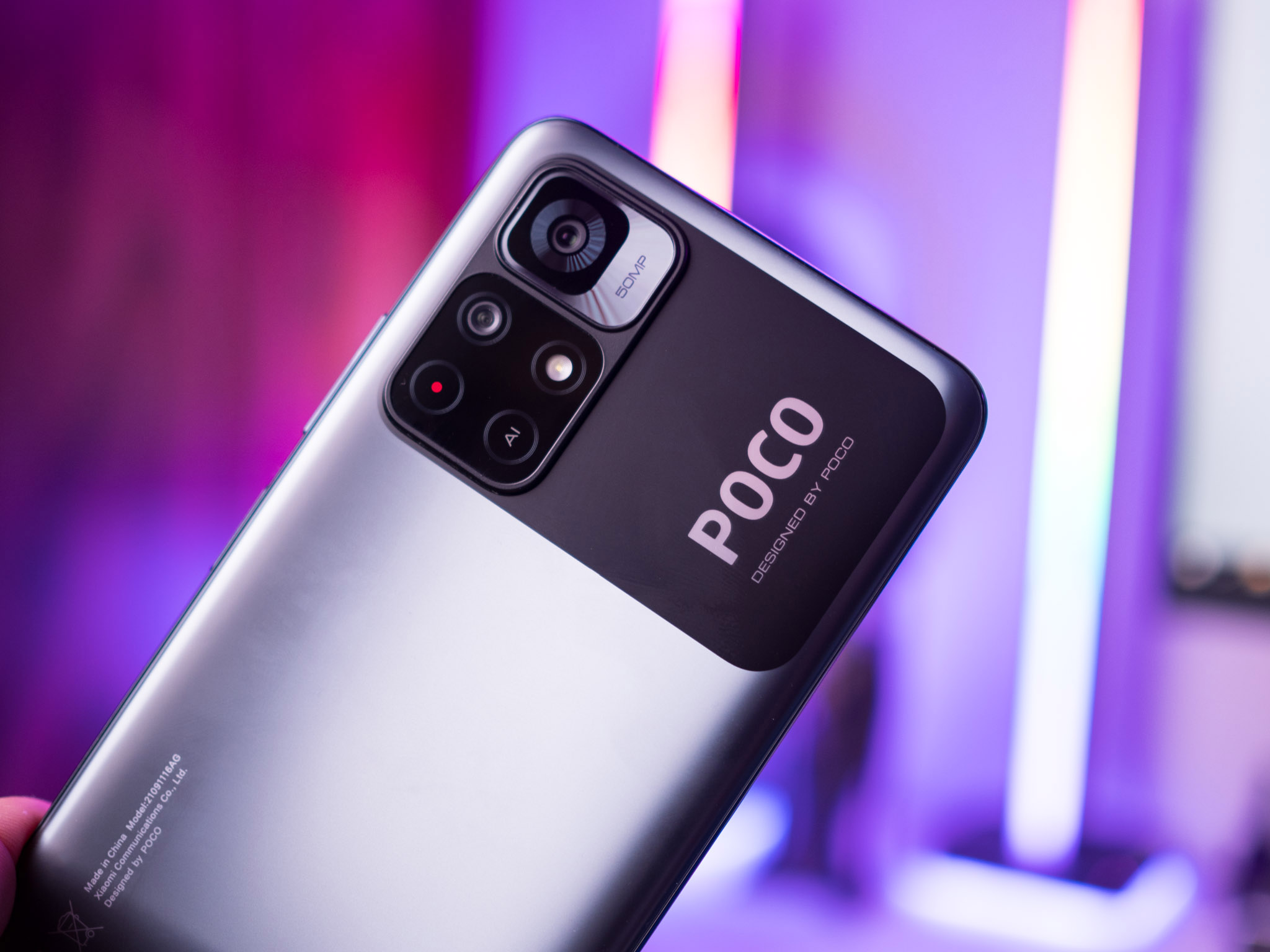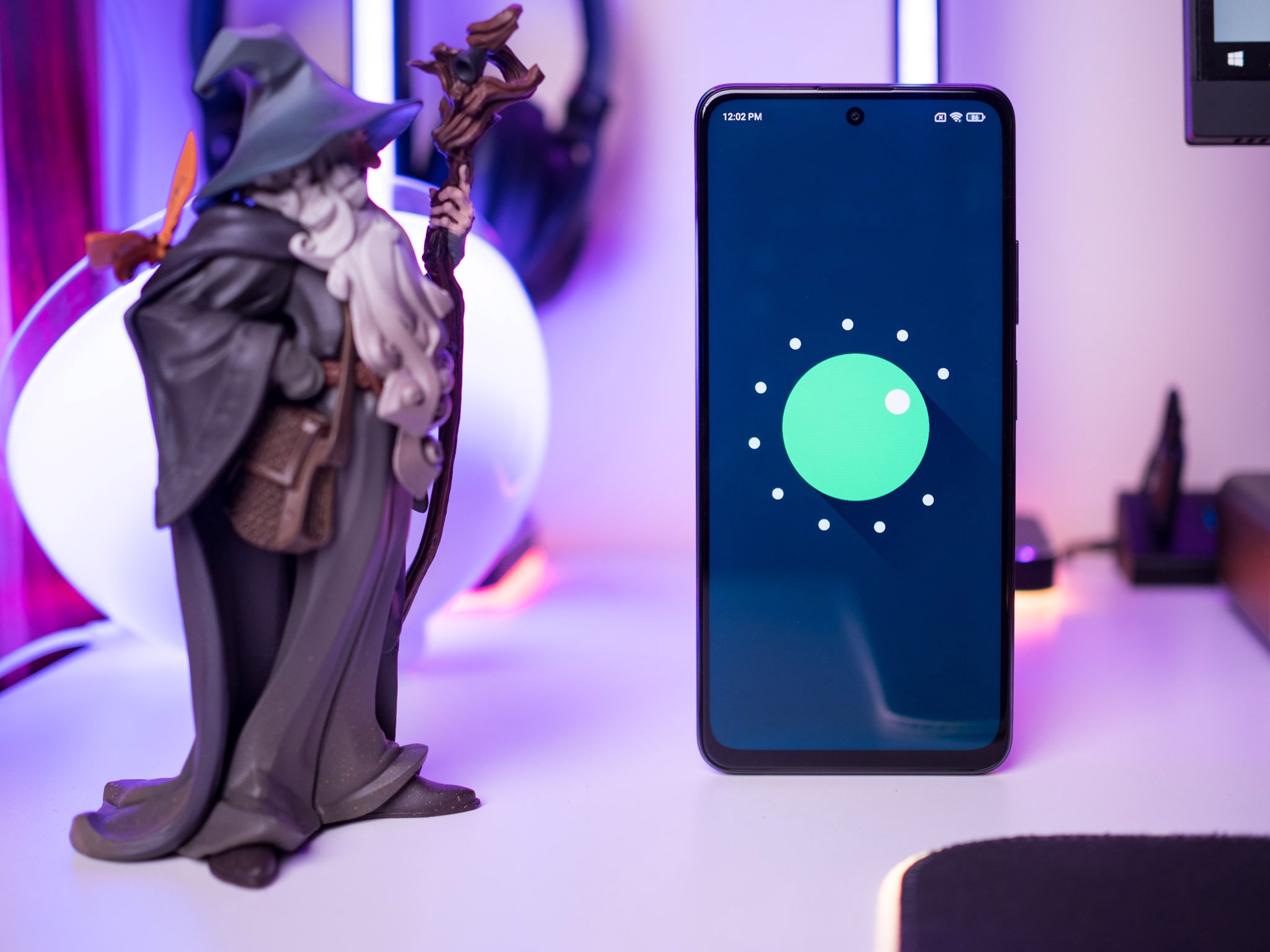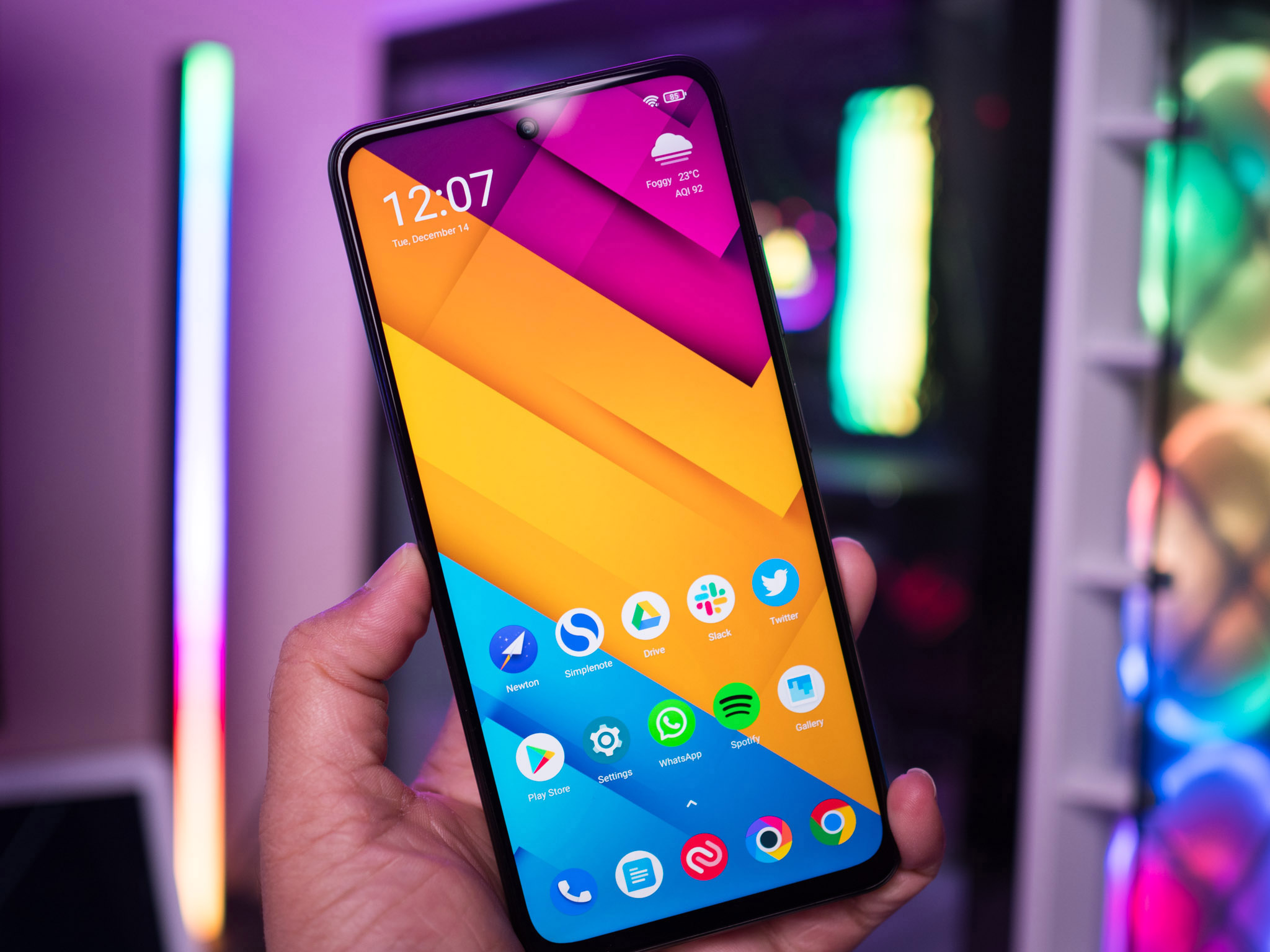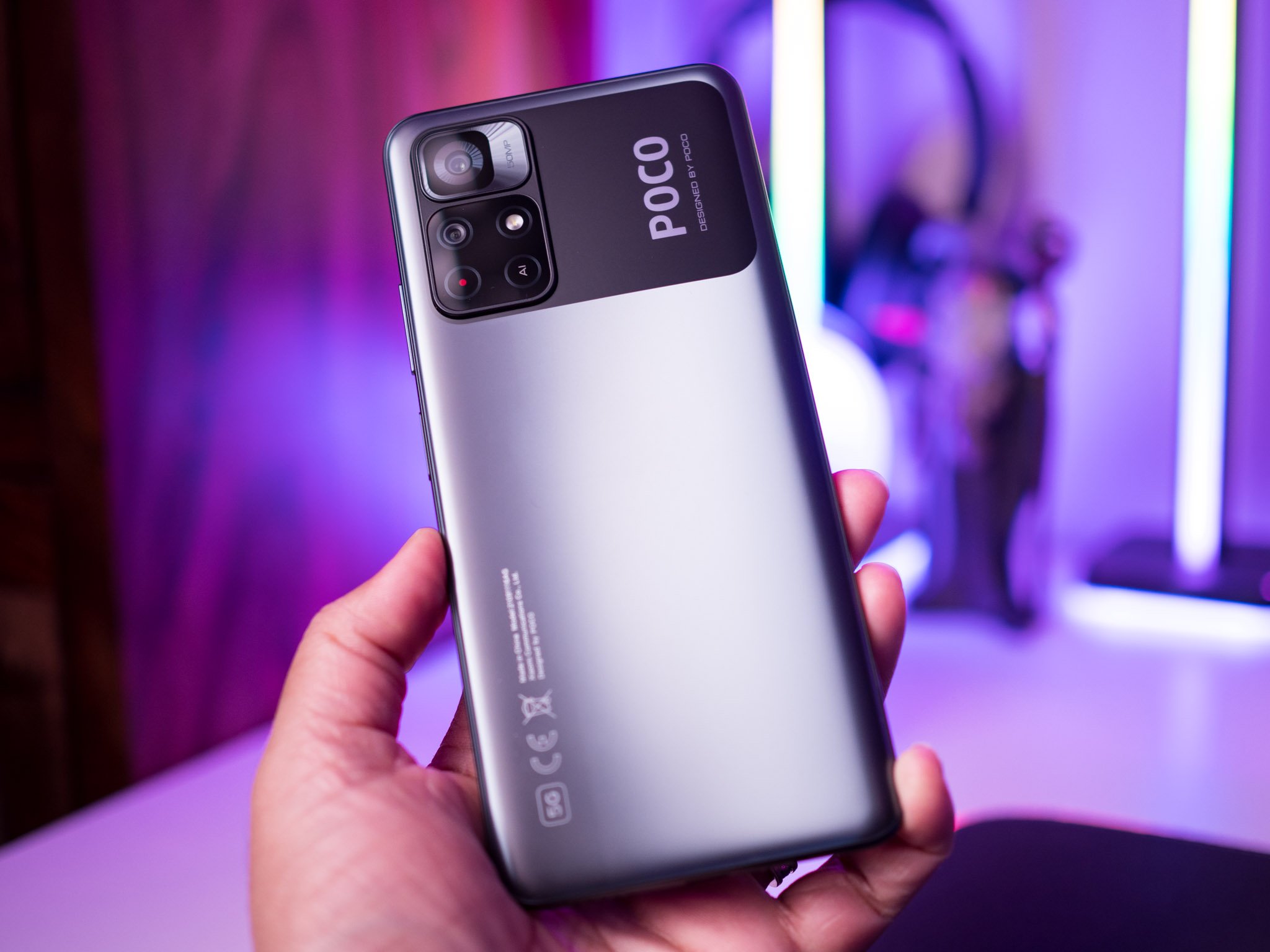POCO M4 Pro 5G review: This Redmi Note 11T clone is a real 5G bargain
POCO scores another win with the budget-focused M4 Pro 5G.
The first wave of 5G-enabled devices started rolling out last year, but it was in 2021 that we got to see the democratization of the cellular standard. We can now find plenty of budget Android phones for under $200 that offer 5G connectivity as standard, and these devices are driving the momentum for 5G.
POCO positioned itself ideally in this category with the M3 Pro, offering good hardware with an exciting design and 5G connectivity on a budget. The POCO F3 did the same for the mid-range segment, but it was the M3 and M3 Pro that excelled on the value front.
The Chinese manufacturer is now doubling down on the budget 5G segment with the launch of the POCO M4 Pro. The phone features a similar design over the rear camera housing that we saw on the standard M3, and it has newer camera modules - along with an ultra-wide lens to boot - faster 33W fast charging, and a vibrant 90Hz LCD screen.
What hasn't changed is the focus on value. The POCO M4 Pro is debuting for 239 ($315) in the UK and is now available in India as the Redmi Note 11T 5G for the equivalent of $225, putting it on par with devices like Samsung's Galaxy A32 and older models in Xiaomi's portfolio. The difference is that the M4 Pro has better hardware, giving it a distinct edge. So if you're in the market for a budget 5G phone, here's why the POCO M4 Pro is a great choice for you.
POCO M4 Pro 5G review:POCO M4 Pro 5GBottom line: The M4 Pro lowers the barrier to entry for 5G, offering a bold design, reliable hardware, and a 90Hz LCD with vibrant colors. Battery life is incredible, you get 33W fast charging, the 3.5mm jack is intact, and the cameras are decent. Sure, there's no 4K video recording and it won't be the first to receive software updates, but when it comes to the basics, the M4 Pro gets a lot right.
The Good- Reliable hardware
- 5G connectivity with a good selection of bands
- 90Hz LCD panel has vibrant colors
- Amazing battery life with 33W fast charging
- 3.5mm jack is intact
- No 4K video recording
- Limited global availability
- Slow software updates
16,999 at Xiaomi India239 at POCO UK
POCO M4 Pro 5G Price and availabilityUnveiled in November, the POCO M4 Pro is now available in select global markets in Asia. It is slated to debut in the UK for 239 ($315) and other countries in the region for 269 ($303). That's for the base model with 4GB of RAM and 64GB of storage, and there's also a 6GB/128GB edition. POCO doesn't sell its phones in North America, but the M4 Pro should make its way to Amazon U.S. via resellers.
Xiaomi has a history of reusing the same phone under a different label in global markets, and the same is true with the POCO M4 Pro as well. This phone is originally based on the Redmi Note 11 that debuted in China earlier this year, and for global markets, it is getting a rebrand to the POCO M4 Pro. But in India, it is being sold as the Redmi Note 11T 5G, confusing things further.
While the phone isn't sold under the POCO label in India, the design itself is the same (barring the POCO logo), and it has the same internal hardware. The phone is available in three variants: the 6GB/64GB model is 16,999 ($223), the 6GB/128GB edition is 17,999 ($236), and the 8GB/128GB version is 19,999 ($262). Obviously, you get a much better value in India, and that's down to the fact that Xiaomi is more aggressive in the country to maintain its market share.
POCO M4 Pro 5G Design and displayThe POCO M3 introduced a bold design aesthetic with a large glass window that stretched out over the camera housing, making the phone stand out. The M4 Pro utilizes a similar design, but with a few changes: there's no glass window here, instead, it's fashioned out of the same matte finish that you'll find at the back.
You get a bold design at the back, and the matte finish makes it easier to hold the POCO M4 Pro.
Basically, POCO went with a two-tone layout, and while the effect isn't as pronounced on the Power Black variant I'm using, it is more distinctive on the POCO Yellow or the Cool Blue models. On that note, the Power Black model has a dark grey hue, so it isn't technically black. But if you're looking for a version with an understated design, this is the one to get.
What I also like is the matte finish at the back. The phone features a plastic back with subtle curves where it meets the mid-frame, but the matte texture makes it that much easier to hold and use the phone. It also prevents fingerprint smudges from showing up.
The design for the rear camera island is interesting because the M4 Pro has two camera modules - a 50MP primary lens and 8MP wide-angle - but POCO went with a housing that can accommodate five lenses. The LED flash is built into the housing, but the cutouts at the bottom are there solely for aesthetic reasons; there's a red recording dot on one and AI scrawled on the other.

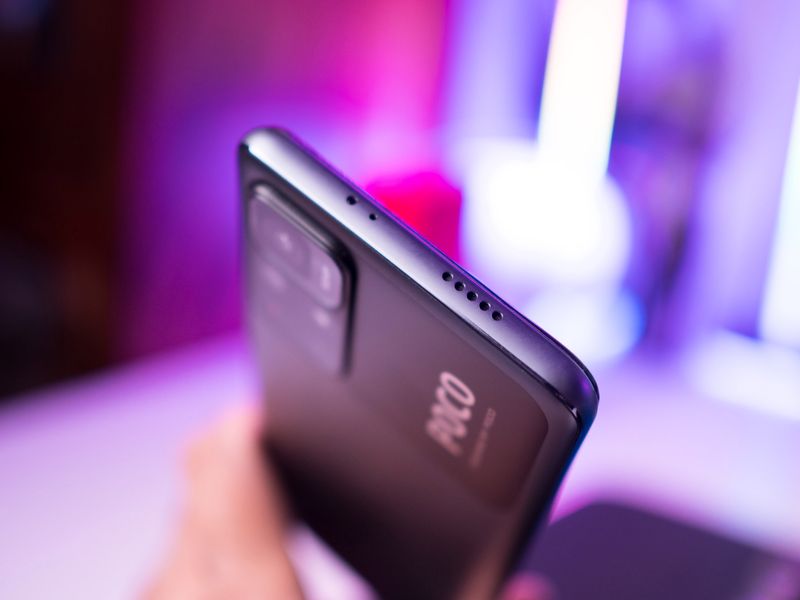
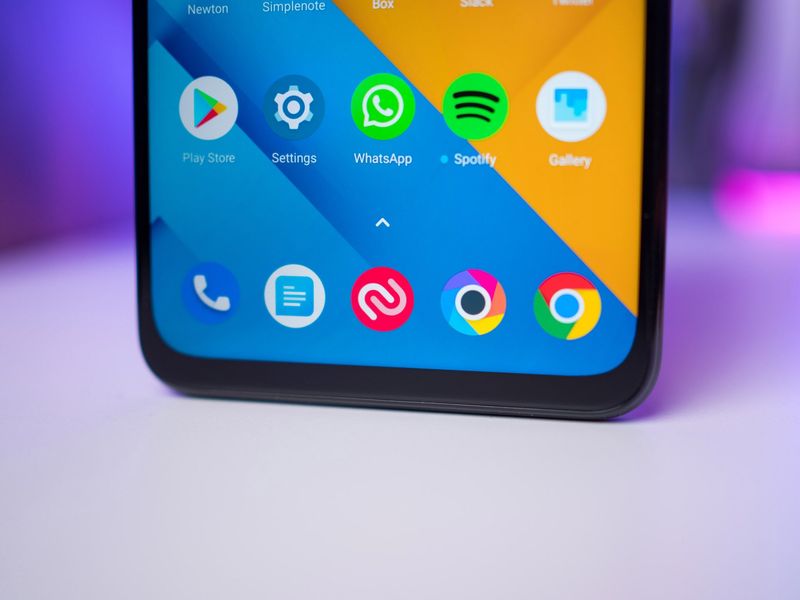
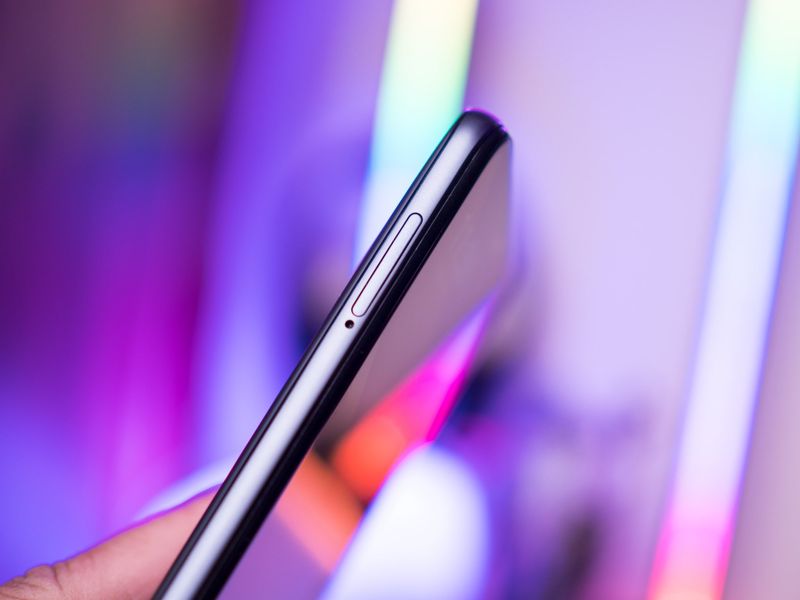
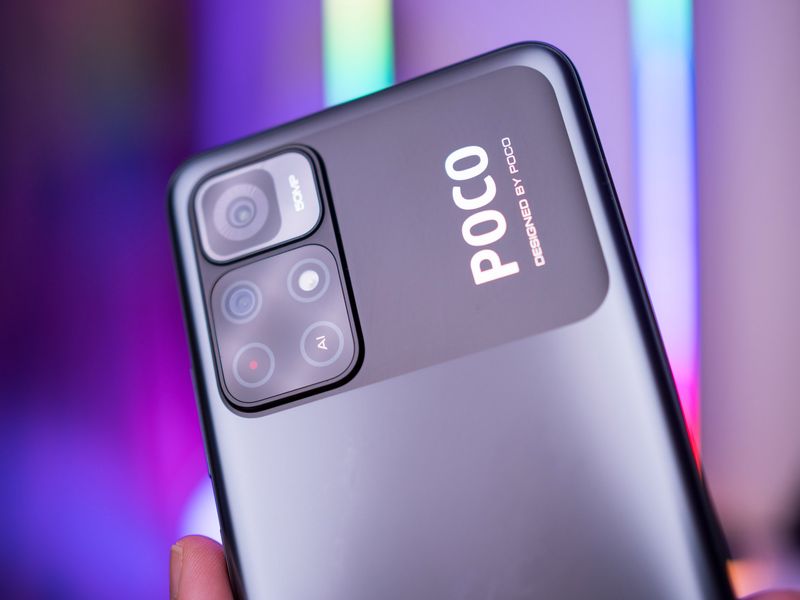
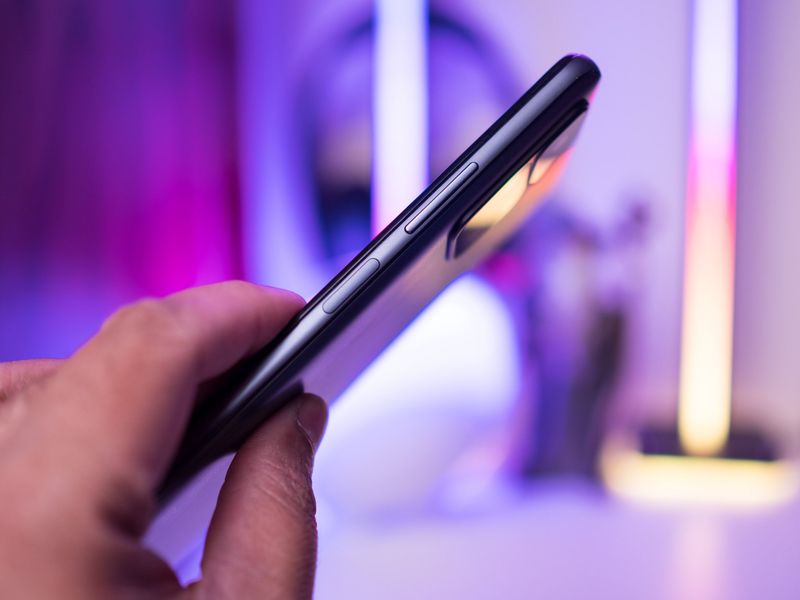
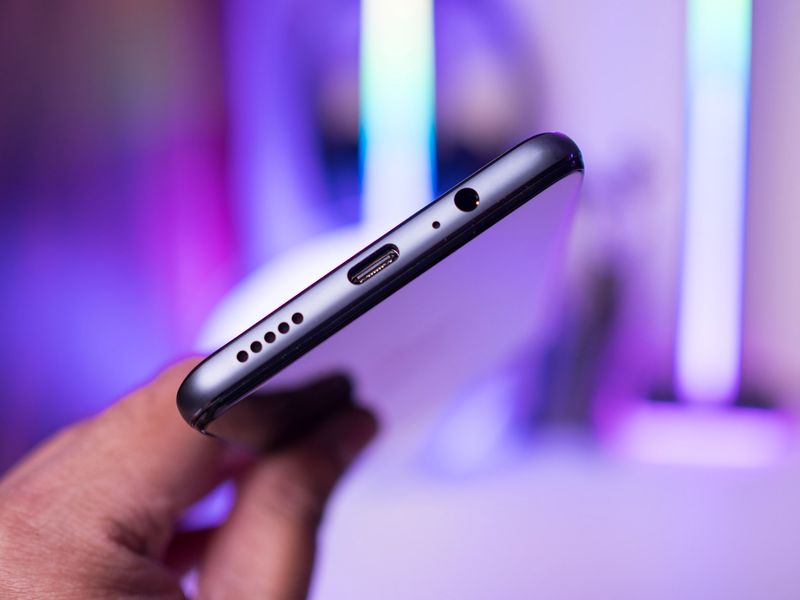
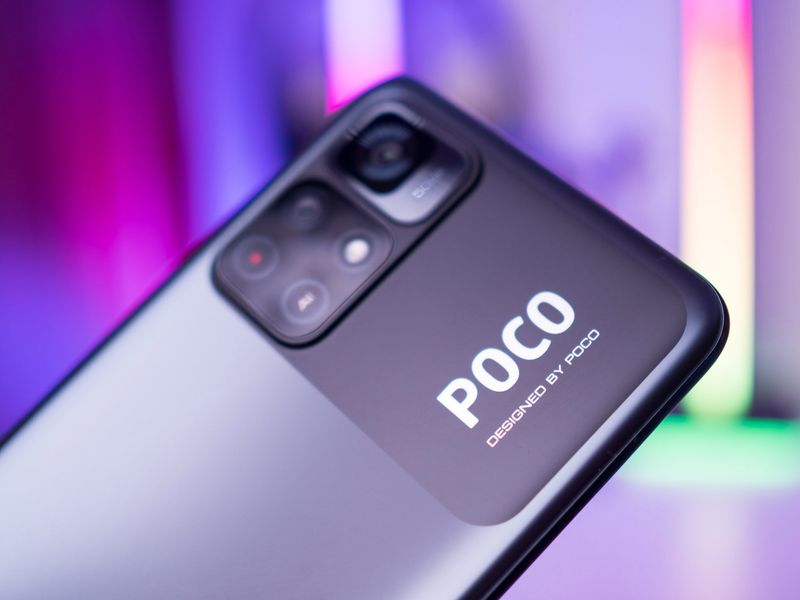
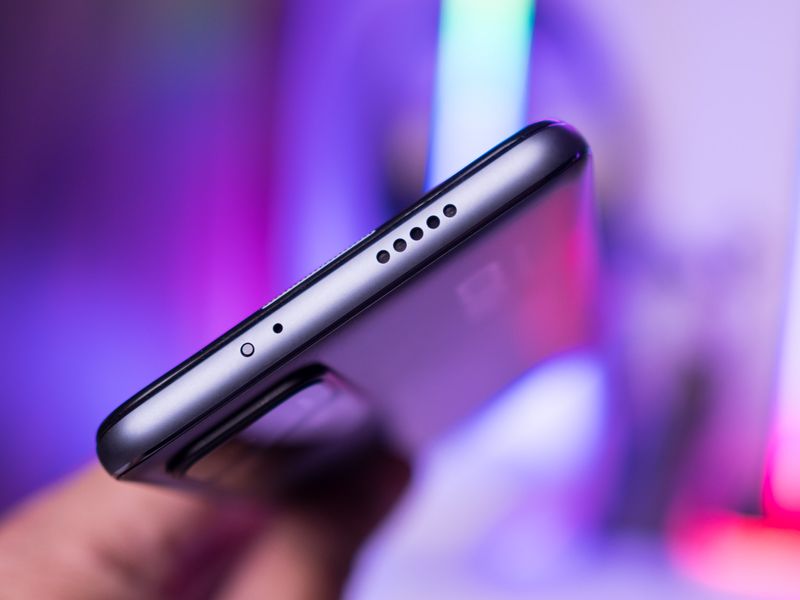
Elsewhere, you'll find the fingerprint sensor baked into the power button on the right, with the volume rocker situated directly above. The phone has stereo sound and an IR blaster, and the 3.5mm jack is intact. The analog jack is a rarity these days, and I am glad that it is included here. There's dual SIM connectivity as standard, and the secondary slot doubles as a MicroSD option should you need it.
As for usability, the M4 Pro isn't a small phone by any measure. With dimensions of 163.6 x 75.8 x 8.8 mm, it is roughly on par with the Galaxy S21 Ultra in terms of size (albeit 1.5mm shorter), but because of the plastic body, it is on the lighter side at 195g. As you'd imagine for such a big phone, you can't really use it one-handed, but the curves at the back and the matte texture at the back make a big difference in this area.
POCO used the Redmi Note 11 as the basis for the M4 Pro, and with Xiaomi continuing to use high-quality LCD screens in lieu of AMOLED panels on its budget phones, the M4 Pro gets the same screen as Xiaomi's 2022 budget offering. You'll find a 6.6-inch FHD LCD panel with a resolution of 2400 x 1080 and a 90Hz refresh rate. The screen is well-calibrated out of the box and has good color balance.
The 90Hz LCD panel is vibrant and fluid, and you get true stereo sound and a 3.5mm jack.
Contrast levels are good, and so is the overall brightness; the ambient light sensor does a good job boosting or reducing the brightness based on the amount of light available. There are three modes to choose from - Standard, Vivid, and Saturated - and I found the Saturated mode to be the best for consuming content.
Xiaomi, POCO, and Redmi phones come with the 60Hz mode selected by default out of the box, so you will need to go into the phone's settings to change the refresh to 90Hz. You'll immediately notice the difference once you do, and with the phone offering a 240Hz sampling rate this time, day-to-day interactions feel fluid.
POCO has outfitted the M4 Pro with stereo sound, and it makes a lot of difference when streaming content on the device. Of course, there's also the option to plug in wired audio directly into the 3.5mm jack.
Finally, there's a layer of Gorilla Glass 3 covering the screen here, and that makes the M4 Pro just that little bit more resilient to tumbles. I haven't had the chance to test out the durability of this phone just yet, but if it's anything like the M3 Pro, it should hold up just fine.
POCO M4 Pro 5G Performance and batterySwitching over to the hardware, the M4 Pro features MediaTek's Dimensity 810 platform, which offers marginal gains over the Dimensity 700 that was in the M3 Pro. One highlight is that the Dimensity 810 is built on the 6nm node, so you'll get slightly better efficiency than the 7nm Dimensity 700.
| Specs | POCO M4 Pro 5G |
|---|---|
| Software | MIUI 12.5, Android 11 |
| Display | 6.6-inch (2400x1080) 90Hz IPS LCD |
| Chipset | 2.40GHz MediaTek Dimensity 810 |
| RAM | 4GB/6GB |
| Storage | 64GB/128GB |
| Rear Camera 1 | 50MP f/1.8 (primary) |
| Rear Camera 2 | 8MP f/2.2 (wide-angle) |
| Front Camera | 16MP f/2.5 |
| Connectivity | Wi-Fi 802.11 ac, BT5.1, NFC |
| Battery | 5000mAh | 33W |
| Security | Side-mounted fingerprint |
| Colors | Power Black, Cool Blue, POCO Yellow |
| Dimensions | 163.6 x 75.8 x 8.8mm |
| Weight | 195g |
The Dimensity 810 uses the same set of cores - you'll find two Cortex A76 cores and six Cortex A55 cores, but the two A76 cores now go up to 2.40GHz (up from 2.20GHz on the Dimensity 700) and the A55 cores remain at 2.0GHz. The Mali-G57 GPU is unchanged as well, and it continues to offer two cores in this configuration.
Because of the increase in frequency, the Dimensity 810 can post better scores in the likes of Geekbench 5. I got 602 in the single-core and 1811 in the multi-core tests, slightly beating the Dimensity 700 scores of 557 and 1733.
That said, there's no tangible difference between the M4 Pro and its predecessor in real-world use. There were a few instances when the UI would freeze, but that was down to a software bug that was fixed with the MIUI 12.5.3 update, and after switching to that particular build, I didn't see any lag or slowdown in daily use. The Dimensity 810 holds up just fine for gaming as well, allowing you to play the likes of PUBG Mobile (or Battlegrounds Mobile India) at medium settings.
As for memory and storage, you get 4GB of RAM and 64GB of storage as standard on the base model, and that seems low as we head into 2022. The Redmi Note 11, on the other hand, has 128GB as the base storage option, and POCO should have offered the same here. There is a 6GB/128GB option available if you need more storage.
When it comes to 5G connectivity, the bands will vary based on the market, with the UK model featuring bands 1, 3, 5, 7, 8, 20, 28, 38, 40, 41, 66, 77, and 78. That more than covers most Sub-6 5G carriers, so there should be no issues on the connectivity front. Elsewhere, you're still limited to Wi-Fi ac - with budget phones yet to make the switch to Wi-Fi 6 - but there is NFC and Bluetooth 5.1.
With a 5000mAh battery and 33W fast charging, the M4 Pro is a battery life monster.
The M4 Pro also gets IP53 dust and water resistance, and while this doesn't cover full submersion under water, the phone is protected against dust ingress and splashes of water. The fingerprint sensor is an always-on unit and instantly unlocks the phone the moment you press your finger, and it has been very reliable.
Battery life is where POCO phones have stood out this year, in no small part thanks to the large 5000mAh batteries. The M4 Pro has the same battery as its predecessor, and the 5000mAh unit manages to deliver well over a day's worth of use easily. You shouldn't have any issues getting over eight hours of screen-on-time between charges.
Another highlight is that the phone now has 33W fast charging over USB PD, and the bundled 33W charger takes just 28 minutes to charge the phone from zero to 50%. A full charge takes just under 70 minutes, less than half the time of the M3 Pro.
POCO M4 Pro 5G CamerasWith the M4 Pro, POCO is going back to basics; instead of outfitting its budget phones with three or four cameras that don't serve any use, it is instead offering two lenses: a 50MP primary and 8MP wide-angle. Considering the M3 Pro didn't have a wide-angle lens, POCO's latest budget phone is already in the lead. There's also a 16MP camera at the front this time around.
The camera interface itself is unchanged; you can change the shooting modes via the ribbon interface, and there are toggles for flash, HDR, AI, Google Lens, and filters. There's 2x zoom achieved digitally, and you get the option to take slow-motion videos, full-res 50MP shots, and panoramas.
While I like the fact that POCO added a wide-angle lens, it doesn't work with the dedicated night mode. Another missing feature is 4K video recording; this is not a device that's suited for taking videos. You get 1080p at up to 60fps, and that's about as high as it goes.
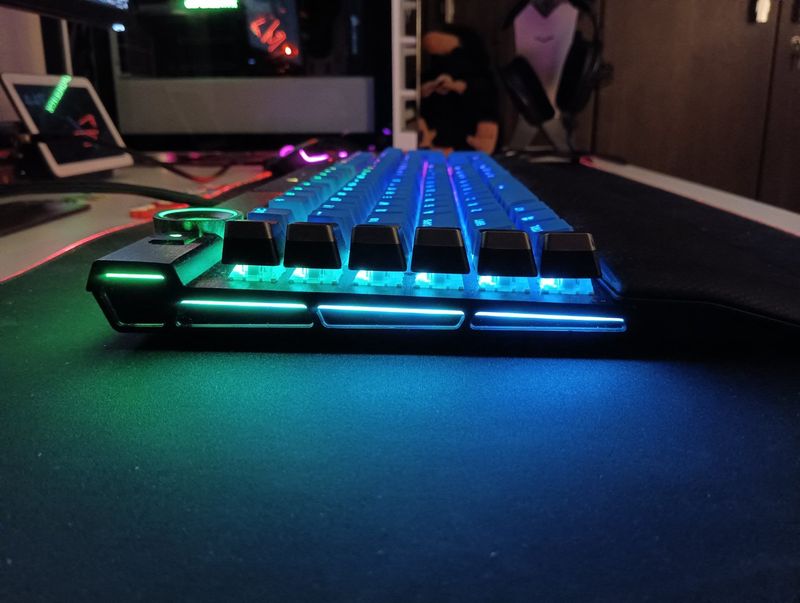
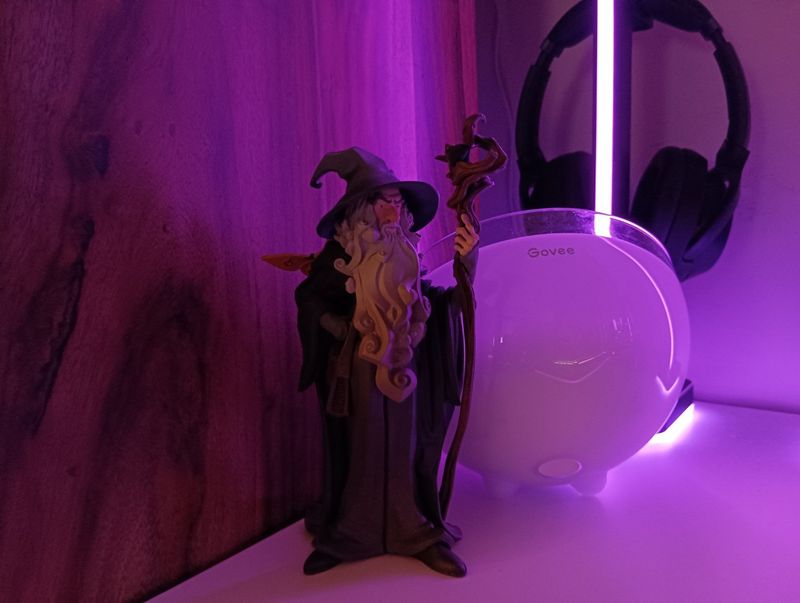


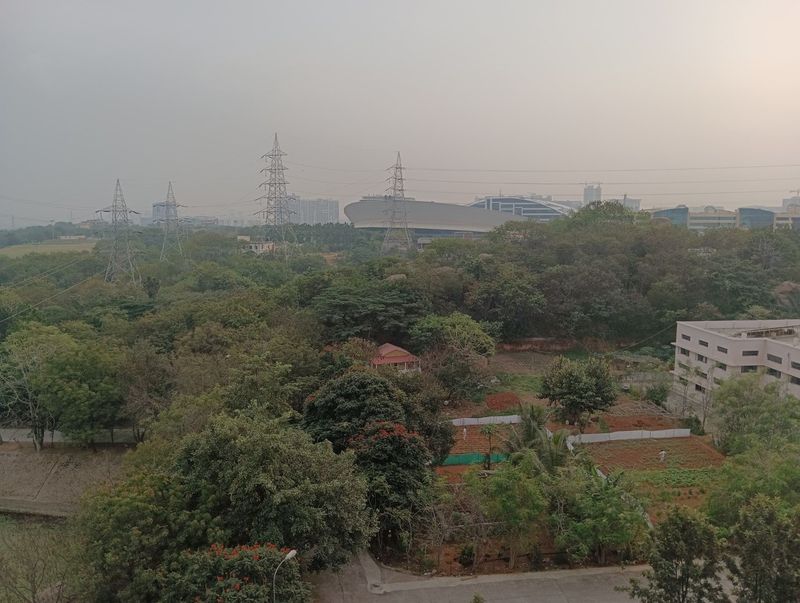
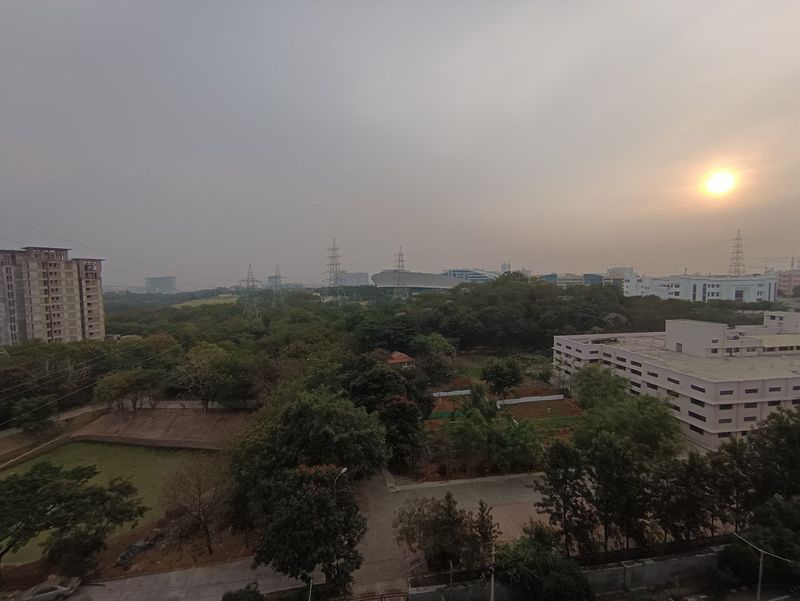
That said, the M4 Pro manages to do a great job in daylight situations, delivering plenty of dynamic range and color vibrancy while maintaining low noise levels. The wide-angle lens does a particularly good job, retaining the same color profile as the 50MP module.
Shots taken in low-light scenarios are usable for social media, but zoom in and you'll be able to find noise and grain. But on the whole, it does a better job than its predecessor, offering better colors and detail. The one issue in low-light is that it takes a few seconds to focus on a subject.
The POCO M4 Pro doesn't have the best camera in this category - that honor belongs to the Redmi Note 10 Pro - but you get a decent primary lens and a wide-angle sensor that gets the job done. If you don't care about 4K video and need a phone that can take good photos in daylight, this is a decent option.
POCO M4 Pro 5G SoftwareThere isn't much to talk about on the software front, and that's a good thing. The POCO M4 Pro runs Android 11 based on MIUI 12.5 out of the box, and it has a lot of customizability, all the features that Google introduced in Android 11, and less bloatware than before.
POCO has come a long way in this area, but it needs to do better with updates.
Xiaomi has turned things around for MIUI in the last 18 months, getting rid of ads and reducing the amount of bloatware that's installed out of the box. And with MIUI 12.5 introducing the ability to uninstall system utilities, you get more control over what you want to use on your phone.
POCO's take on the interface is dubbed MIUI for POCO, and it is nearly identical to what you'll find on a Redmi phone. The icons are different and you'll find a few tweaks with the app drawer, but other than that, I couldn't find anything that stands out from a regular MIUI install on a Mi or Redmi phone.
That brings me to the next part: software updates. POCO has said that it will deliver two platform updates to its phones, but the pace of those updates is slow. There's no information on when the Android 12 stable build will roll out to the POCO M4 Pro, and the fact that the phone is releasing after Android 12 became available but is still on Android 11 should tell you all about POCO's update schedules.
POCO also needs to do a little bit more to differentiate the software on its phones; the brand revealed that it was working on a new POCO UI skin, but we're yet to see details on what that would look like or when it will be available on its devices. Until that time, what you need to know is that the software on the M4 Pro is nearly identical to that of its Redmi siblings.
POCO M4 Pro 5G The competitionThere's a laundry list of great 5G options available right now. The Realme GT Master Edition is one of my favorites in this list, featuring a unique design, 120Hz AMOLED screen, Snapdragon 778G with 8GB of RAM and 256GB of storage, 64MP camera at the back, and a 4500mAh battery with 65W fast charging. It costs a bit more at 279 ($370), but you are getting a lot more phone.
If you need a Samsung alternative, the Galaxy A32 5G is the ideal choice. It costs 249 in the UK, and while the hardware isn't quite as good as the M4 Pro; it has a TFT panel, is powered by the Dimensity 720, and you get a 5000mAh battery with 15W charging. But if you're more comfortable with Samsung, the A32 offers a low barrier to entry to 5G.
If you're not ready to switch to 5G just yet, then the POCO X3 Pro would be my recommendation. It has sublime hardware backed by a 120Hz LCD screen and comes with an even larger 5160mAh battery with 33W fast charging. And at 199 ($263), it costs less than the M4 Pro.
POCO M4 Pro 5G Should you buy?You should buy this if ...- You want an affordable 5G phone
- You need reliable hardware and a 3.5mm jack
- You're looking for battery life that lasts over a day
- You need good cameras for photos
- You need to shoot 4K video
- You want timely software updates
Overall, the POCO M4 Pro has a lot to offer. You get a vibrant 90Hz LCD screen backed by robust internal hardware that's ideal for day-to-day use, the cameras are good for daylight use, and the battery life is excellent. 5G connectivity is a bonus, and you'll find adequate bands for coverage across regions.
4 out of 5There are a few shortcomings; there's no 4K video recording, the phone won't get updates on time, and availability is still limited to a few global markets. But what works in the M4 Pro's favor is that it manages to outshine its immediate rivals, and that makes it a good all-around budget 5G phone as we head into 2022.
POCO M4 Pro 5GBottom line: The POCO M4 Pro delivers a vibrant 90Hz LCD screen, reliable internal hardware, a massive battery with 33W fast charging, and 5G connectivity. Looking to switch to 5G on a budget? This may just be the ideal choice.
